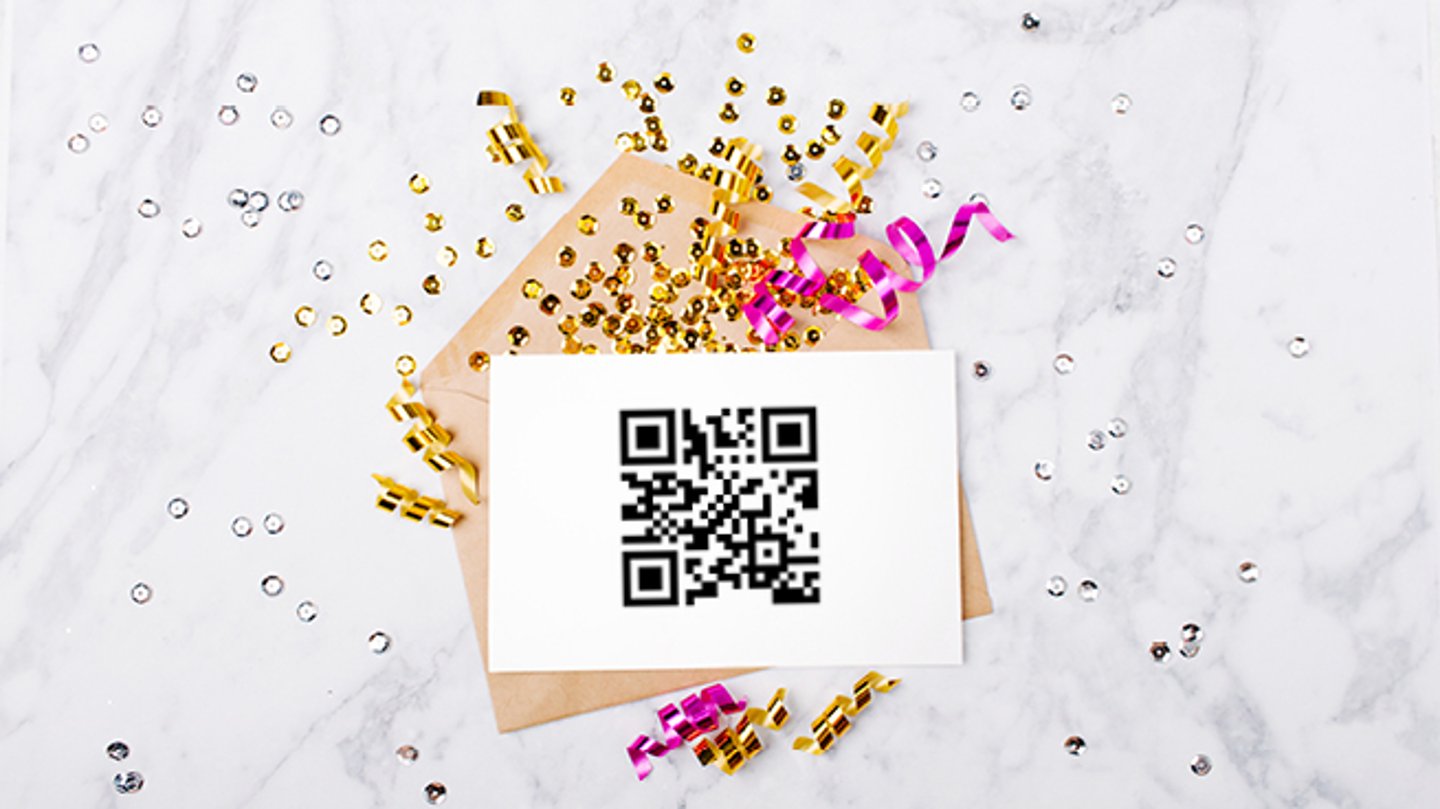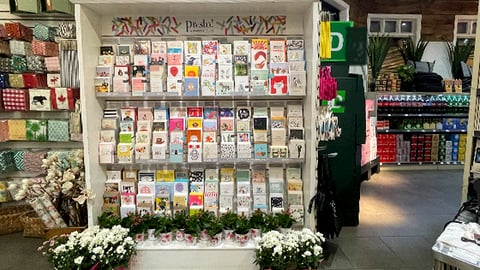Digital is driving consumer habits, but there is still value in traditional greeting cards
These are interesting times for the greeting card industry.
Just as we started to feel like we were getting our heads around how technology and digital were reshaping consumer patterns and behaviours, along came the pandemic that upended nearly every category including greeting cards.
As much of the world tries to return to something approaching normal, some of the pandemic changes seem to be lingering and intersecting with the larger changes underway before the crisis hit.
To be clear, the greeting card market is not what it once was. Last May, Global Industry Analysts Inc. reported the global greeting card market, estimated at US$15.9 billion in 2022, would drop to about $13.6 billion by 2027.
“The global market for greeting cards is significantly impacted by changing consumer values, ideas, shifting demographics and changing technology,” it reported. “With the tech-savvy new generation favouring e-cards in place of physical greeting cards, the impact has been evident on the greeting cards industry.”
One big assumption is that young people, so-called digital natives, aren’t interested in greeting cards, preferring instead to send e-cards or other digital messages. But look closer and you’ll find those who say that’s not entirely true. Many young people today display a rebellious resistance to digital culture, buying vinyl records, polaroid cameras and sending good old fashioned paper greeting cards.
“Greeting cards have a long tradition, and digital greetings just haven’t proven to hold the same value or meaning for consumers,” says Nora Weiser, executive director of the U.S.-based Greeting Card Association. “Millennials, in particular, see value in handcrafted, embellished, unique cards, and they are willing to pay a premium for cards that manage to precisely express their sentiments.”
The idea that young shoppers don’t buy cards anymore is misleading, adds Paul Werynski, vice-president at Carlton Cards.
“Younger consumers have other life events – such as gender reveal parties – that they want to celebrate so we continue to innovate across all product lines to meet that demand,” says Werynski.
Markus Giesler, associate professor of marketing with the Schulich School of Business at York University in Toronto, says as consumers emerge from the pandemic, they are demanding physical items, and this could help card sales.
“I’m observing – and talking to colleagues and market researchers who observe this on a larger scale – a huge appetite for material, tangible stuff,” he says. “This pandemic with lockdowns, Zoom calls, virtual and remote workplaces that we’ve lived in, has made us crave these kinds of three-dimensional, material forms of consumption,” he says.
Greeting card maker Hallmark says its research shows that despite the rise of digital options, people still appreciate traditional cards. “Despite more ways than ever to reach out and stay in touch, many people feel less connected than ever,” says Scott Legleiter, sales vice-president - national accounts at Hallmark Canada. The company’s research shows more than half of consumers believe cards are more meaningful than other forms of communication, about 80% say they enjoy receiving cards and about the same percentage save the cards they get.
So, where does the category go from here? In the short term, the pains of inflation and the threat of a recession will have an impact. “We are also seeing a subtle shift back to more value-oriented products given the current economic and retail landscape,” says Carlton’s Werynski.
Beyond that, changing consumer patterns and behaviours can bring with them new sales opportunities, says Giesler. Everyone knows Canada is becoming a more multicultural country – changing demographics means new “non-traditional” reasons to give cards.
And if consumers – especially younger consumers who are used to customization in the digital age – want personalized greetings, card companies and retailers can introduce in-store kiosks that let people customize their cards.
“As with any industry, greeting cards need to adapt along with society,” says the Greeting Card Association’s Weiser. “That doesn’t necessarily mean a shift to purely digital or virtual greetings, but might mean focusing on sustainability, crafting fresh messaging, reaching new audiences, or even incorporating a digital element into physical cards or using digital marketing to promote physical cards.”
That’s what Hallmark has done with its Hallmark Video Greetings launched in early 2022. Customers scan a QR code in the physical card and once they’re online they add videos or photos and invite others to join via email or text. Once everyone’s content is submitted, Hallmark stitches it together into one video, which the recipient can view by scanning the QR code.
“It blends the digital and physical connections consumers tell us they want and helps them share their special message with their loved ones through an experiential and immersive, digital and tangible way that can be replayed and revisited for years to come,” says Hallmark’s Legleiter.
An old-fashioned paper greeting card, enhanced by a personal digital message, experienced through one’s smartphone. Interesting times indeed.
This article was first featured in Canadian Grocer’s February 2023 issue.



